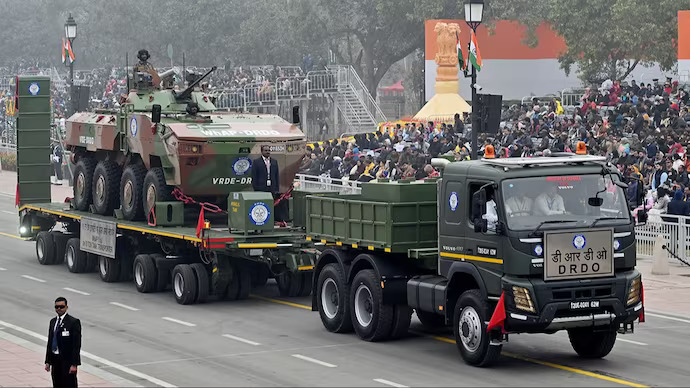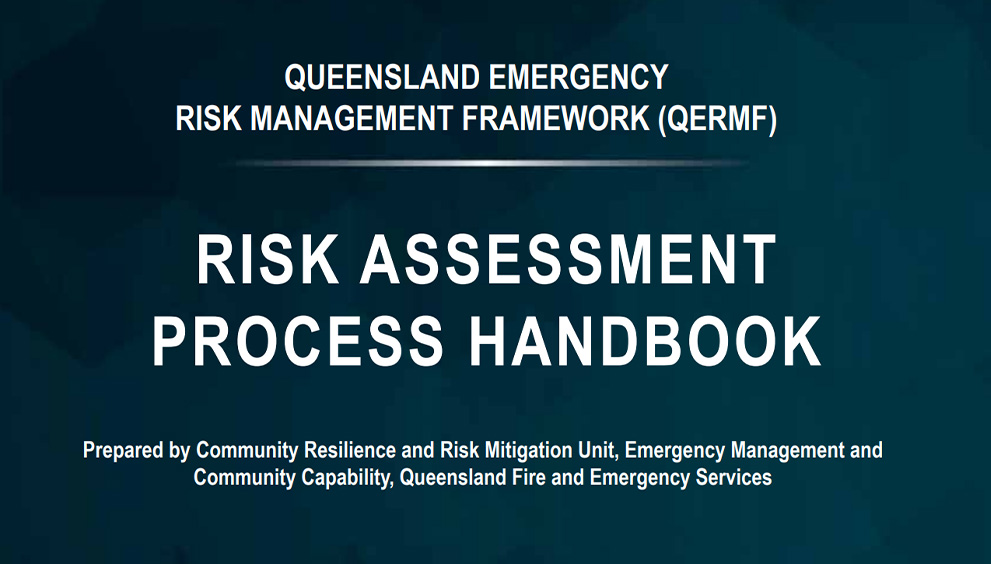𝗦𝘁𝗲𝗽 𝟭: 𝗘𝘀𝘁𝗮𝗯𝗹𝗶𝘀𝗵 𝘁𝗵𝗲 𝗰𝗼𝗻𝘁𝗲𝘅𝘁
–> Define the scope of inquiry/objectives: i.e what activity, decision, project, program, or issue requires analysis
–> Identify relevant stakeholders/areas involved or impacted
Internal and/or external environment/ factors Step
𝗦𝘁𝗲𝗽 𝟮: 𝗜𝗱𝗲𝗻𝘁𝗶𝗳𝘆 𝘁𝗵𝗲 𝗥𝗶𝘀𝗸
Identify/assess
–> What could happen?
–> How and where it could happen?
–> Why it could happen?
–> What is the impact or potential impact?
𝗦𝘁𝗲𝗽 𝟯: 𝗔𝗻𝗮𝗹𝘆𝘇𝗲 𝘁𝗵𝗲 𝗥𝗶𝘀𝗸
–> Identify the causes, contributing factors, and actual or potential consequences
–> Identify existing or current controls
–> Assess the likelihood and impact/consequence to determine the risk rating
𝗦𝘁𝗲𝗽 𝟰: 𝗘𝘃𝗮𝗹𝘂𝗮𝘁𝗲 𝘁𝗵𝗲 𝗥𝗶𝘀𝗸
–> Is the risk acceptable or unacceptable
–> Does the risk need treatment or further action?
–> Do the opportunities outweigh the threats?
𝗦𝘁𝗲𝗽 𝟱: 𝗧𝗿𝗲𝗮𝘁 𝘁𝗵𝗲 𝗥𝗶𝘀𝗸
–> If existing controls are inadequate identify further treatment options
–> Devise a treatment plan
–> Seek endorsement & support for treatment
–> Determine the residual risk rating once the risk is treated
——————————————————–
If you find it useful, please 👍🏻👏🏻❤️💡🔁
Follow Manickavasagam Natarajan for more exciting posts on Quality, Lean Manufacturing, Operational Excellence, Leadership, and Inspiration🔔🔔🔔
hashtag#qaqc hashtag#lean hashtag#leansixsigma hashtag#operationalexcellence hashtag#manufacturing
hashtag#iso hashtag#mechanicalengineering hashtag#production hashtag#leadership
hashtag#quality hashtag#safety hashtag#oilandgas hashtag#iso9001 hashtag#audit hashtag#scm hashtag#purchase








![Remaining silent during an investigation is a fundamental right: Telangana HC [Read Judgment]](https://surakshitbharatabhiyan.org/wp-content/uploads/2024/04/lj_3728_c8f7ecd3-a0e9-44f7-85aa-f77b9dae3a49.webp)













